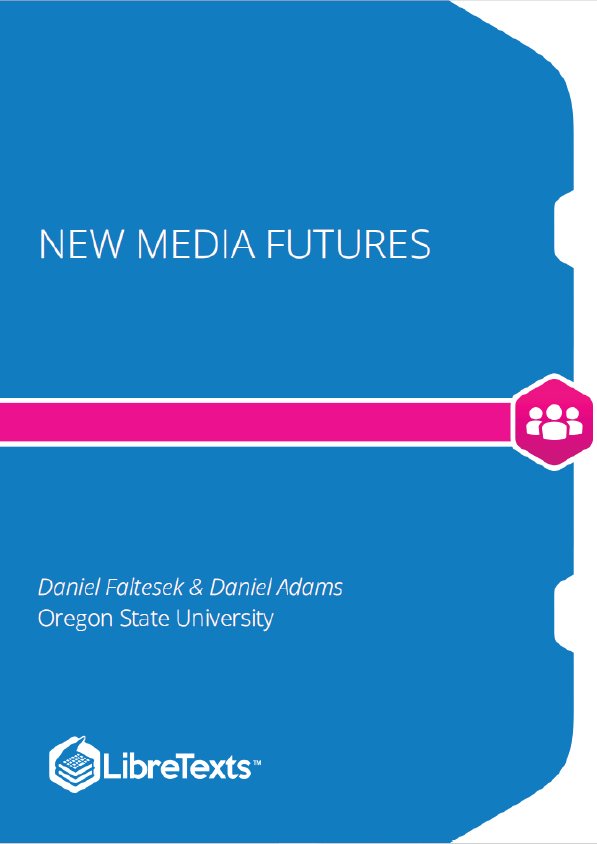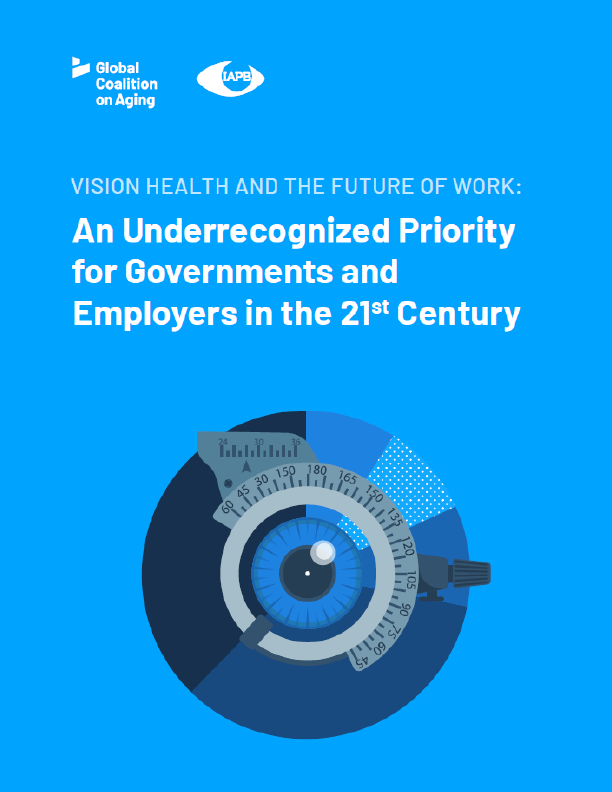What is this book?
This book is intended for use in a large introductory class in new media in a program that covers the “full-stack” including critical/cultural studies, media management, diffusion of innovation, and synthetic media production. The first half of this basic sequence covered new media and democracy, finance, intellectual property law, basic games, and transmedia. The second half of the sequence covers many topics related to aesthetics, design, technology, and methodology. To that end, this book needed to be written so that it would be helpful for many different professors and trajectories of study. This book is in neither engineering, social science, nor the humanities, but also all of those. At the same time, this is a program in the Communication Studies and Media Studies traditions of the United States and that texture will come across. From another perspective, this book is intended to prevent another book from being written. There is no major textbook in the area of communication futures, and texts regarding production are typically quite expensive. This book should offer a free alternative to what would likely be an expensive textbook.
How can you use this book?
If you teach a course in media futures, this book likely has some resonance for you, if you do not teach in this area, the book can be useful in a number of different ways. I see it as a supplemental text for courses that are moving into new territory. You may notice considerable overlap between sections two and three. Ideally, the descriptions in section two concern the physical base of a thing while section three deals in the context of an enfolding. Ideas are thus covered twice.
This book doesn’t make a lot of predictions
For many good reasons. Predictions are often wrong. Why would I take that risk?
Here Are Some Predictions
To avoid quickly dating this book, I avoid making very specific predictions. Instead, the space for conclusion and prediction is left open for the lectures and class activities. There is a full list of potential activities included to help you plan.
This book is intended for use in a large introductory class in new media in a program that covers the “full-stack” including critical/cultural studies, media management, diffusion of innovation, and synthetic media production. The first half of this basic sequence covered new media and democracy, finance, intellectual property law, basic games, and transmedia. The second half of the sequence covers many topics related to aesthetics, design, technology, and methodology.
To that end, this book needed to be written so that it would be helpful for many different professors and trajectories of study. This book is in neither engineering, social science, nor the humanities, but also all of those. At the same time, this is a program in the Communication Studies and Media Studies traditions of the United States and that texture will come across.











